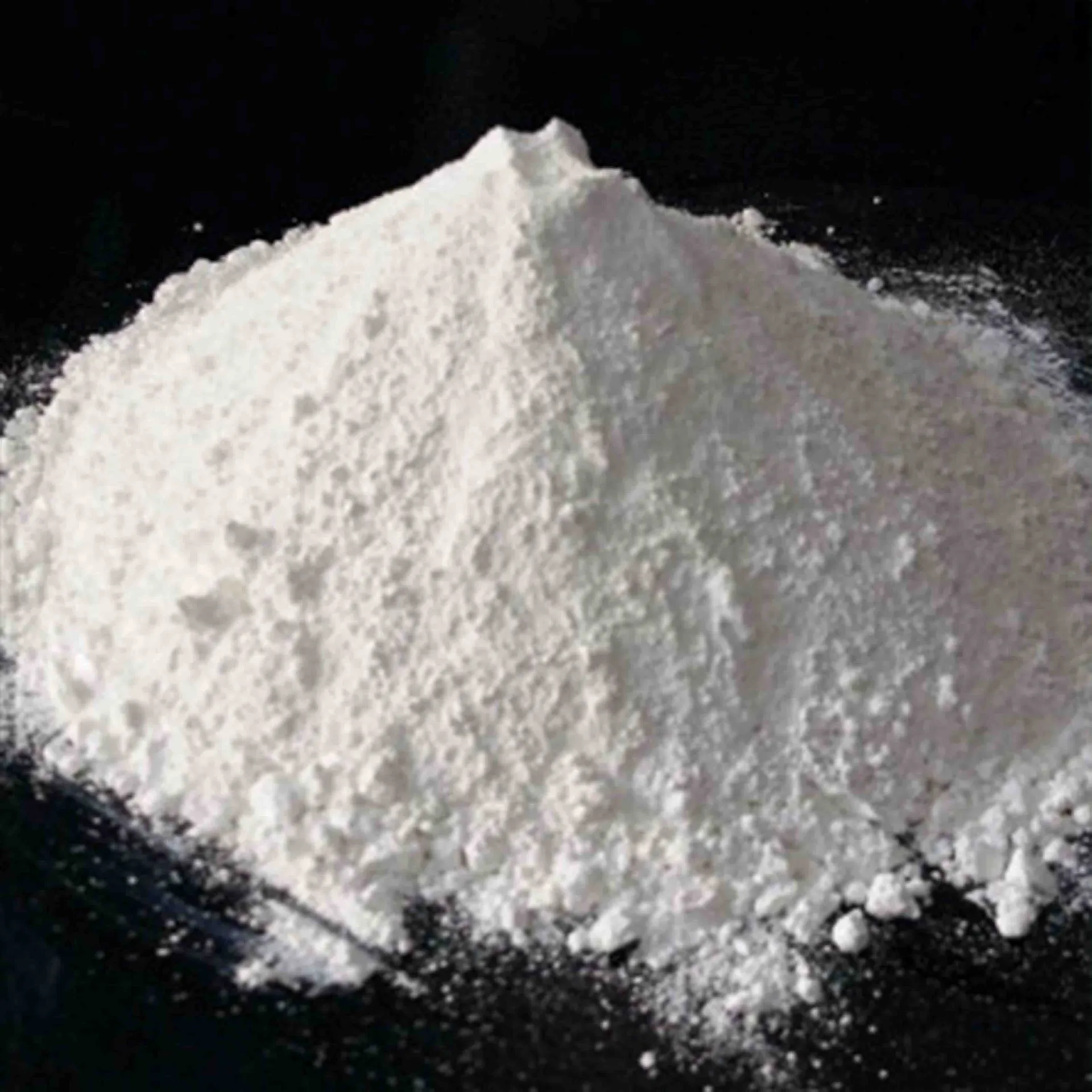
Mai . 22, 2025 09:24 Retour à la liste
Improving Paper Surface Properties with Titanium Dioxide Additives
Le dioxyde de titane (TiO₂) has become an indispensable additive in modern paper manufacturing due to its unique optical and surface-modifying properties. This white inorganic pigment, available primarily as titanium dioxide powder, offers papermakers unparalleled opportunities to enhance both the aesthetic and functional characteristics of paper products. The incorporation of titanium dioxide additives into paper formulations significantly improves brightness, opacity, surface smoothness, and printability while maintaining the material's structural integrity.

The Science Behind Titanium Dioxide Powder in Paper Coatings
The effectiveness of titanium dioxide as a paper additive stems from its exceptional refractive index (2.55-2.7 for rutile, 2.55 for anatase), which is significantly higher than other common papermaking materials. When titanium dioxide powder is incorporated into paper coatings or the fiber matrix, its particles scatter incident light more efficiently than cellulose fibers alone, dramatically improving the sheet's opacity and brightness. This light-scattering phenomenon occurs because TiO₂ particles have a different refractive index than the surrounding paper matrix, causing light to change direction as it passes through the material.
In titanium dioxide coating formulations, the particle size distribution plays a crucial role in determining optical performance. Optimal particle diameters for maximum light scattering in the visible spectrum range between 0.2-0.3 μm, which corresponds to about half the wavelength of visible light. Leading titanium dioxide powder suppliers carefully control particle size during manufacturing to ensure consistent performance in paper applications. The anatase form of TiO₂ is generally preferred for papermaking due to its slightly bluer tone and lower abrasiveness compared to rutile, though both crystal forms find application depending on specific paper grade requirements.
Titanium Dioxide Paint Technology for Paper Surface Enhancement
The application of titanium dioxide paint systems in paper manufacturing represents a sophisticated approach to surface modification. These specialized coatings, containing high loadings of TiO₂ pigment, create exceptionally smooth and receptive surfaces for printing and writing. The titanium dioxide pigment in these formulations not only provides opacity and brightness but also contributes to the coating's rheological properties, affecting how the paint flows and levels during application.
Modern titanium dioxide paint formulations for paper incorporate carefully balanced combinations of binders, dispersants, and other additives to optimize performance. The high refractive index of TiO₂ means that relatively low pigment loadings can achieve substantial opacity gains, reducing the need for thick coating layers that might compromise paper flexibility. Furthermore, titanium dioxide's inherent UV stability helps protect paper products from yellowing or degradation when exposed to sunlight, making it particularly valuable for packaging materials and archival papers.
Functional Benefits of Le dioxyde de titane Additives Beyond Opacity
While titanium dioxide is primarily known for its optical properties in paper applications, it offers several additional functional benefits that contribute to improved surface characteristics. TiO₂ particles incorporated in paper coatings create exceptionally smooth surfaces ideal for high-resolution printing. The fine particle size of titanium dioxide pigment fills microscopic voids between cellulose fibers, reducing surface porosity and preventing ink penetration that could lead to dot gain and print quality issues.
The photocatalytic properties of certain titanium dioxide formulations can be harnessed to create self-cleaning or antimicrobial paper surfaces. While standard paper-grade TiO₂ is typically surface-treated to minimize photocatalytic activity, specially engineered variants can provide controlled surface reactivity for specialty applications. These functional papers find use in medical packaging, food service applications, and other areas where surface hygiene is critical.
Environmental and Economic Considerations in Le dioxyde de titane Usage
The paper industry faces increasing pressure to balance performance requirements with environmental responsibility in titanium dioxide usage. While TiO₂ remains the most effective white pigment for paper applications, its production involves energy-intensive processes that contribute to the material's relatively high cost. Leading titanium dioxide powder suppliers have made significant progress in reducing the environmental impact of TiO₂ production through improved manufacturing efficiency and byproduct recovery.
Economic optimization of titanium dioxide usage in paper manufacturing involves careful consideration of multiple factors. The high cost of TiO₂ motivates papermakers to use the minimum amount required to achieve target properties, often through sophisticated formulation strategies that combine titanium dioxide with lower-cost extenders like calcium carbonate or clay. Advanced coating application technologies, including multilayer coating approaches, allow strategic placement of TiO₂ where it provides maximum optical benefit while minimizing total usage.
Future Trends in Le dioxyde de titane Technology for Paper Applications
The future of titanium dioxide additives in paper manufacturing points toward increasingly sophisticated applications and material innovations. Nanostructured titanium dioxide materials with precisely controlled particle morphology may offer enhanced light-scattering efficiency at lower loading levels. Research into surface-modified TiO₂ particles that provide multiple functional benefits (such as combined opacity, barrier properties, and antimicrobial activity) continues to advance.
Digital printing technologies place new demands on paper surfaces that titanium dioxide formulations are uniquely positioned to address. The development of specialty TiO₂ grades optimized for inkjet or electrophotographic printing media represents an active area of innovation. These advanced titanium dioxide coatings must provide not only excellent optical properties but also precise control over surface energy, porosity, and ink interaction characteristics.
-
Why Rutile Titanium Dioxide Is Preferred in Plastic Manufacturing
NouvellesJul.21,2025
-
Why High-Quality Printing Paper Cannot Do Without Titanium Dioxide
NouvellesJul.21,2025
-
Why Exterior Wall Coatings Prefer Rutile Titanium Dioxide
NouvellesJul.21,2025
-
Optical Properties and Light Interaction of Titanium Dioxide
NouvellesJul.21,2025
-
How to Determine the Effectiveness of Using Titanium Dioxide in Coatings
NouvellesJul.21,2025
-
Comparing the Advantages of Titanium Dioxide with Other Paper Whitening Agents
NouvellesJul.21,2025
